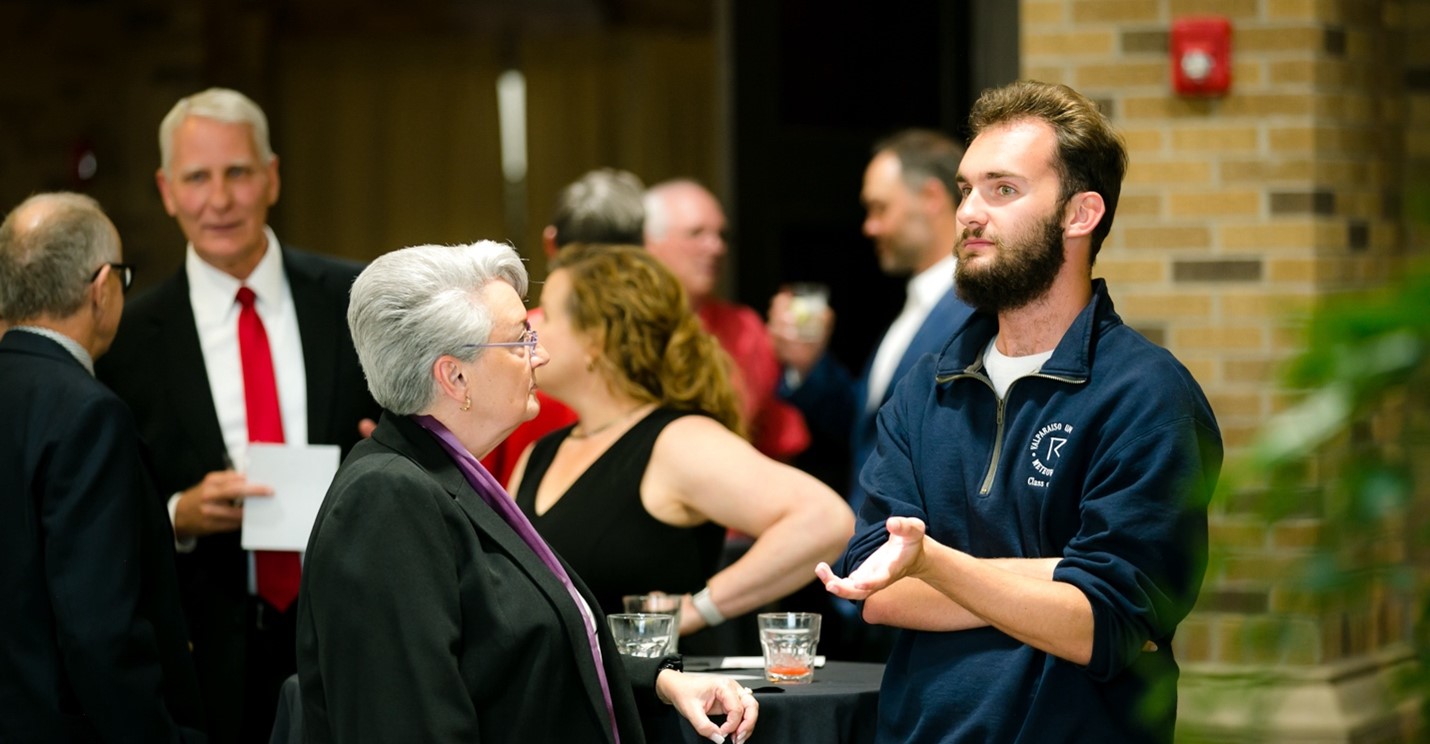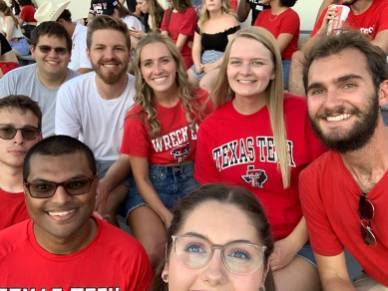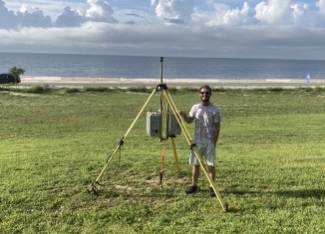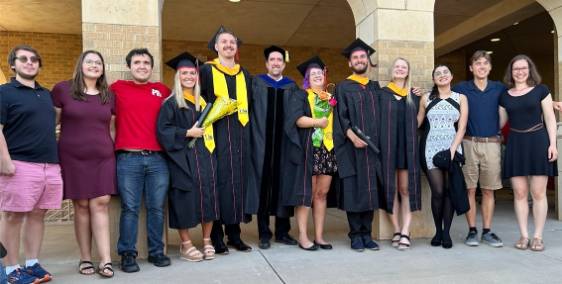Jacob Nadolsky, WiSE Student, talks about overcoming the challenges of becoming a Ph.D. student.

The Wind Science and Engineering Doctoral program (WiSE) was the first in the United States to use an interdisciplinary approach to educate and train students to solve wind-related problems. The objective of the program is to provide students with the broad knowledge and skills necessary for studying both the detrimental effects of windstorms such as hurricanes and tornadoes and the beneficial effects of wind through the harvesting of wind power. Students in the program take classes in engineering, physical and social sciences, mathematics, and other fields related to their area of research with their advisors. This equips them with the capability to make positive impact on the society and improve people's lives. Though some may shy away from the daunting task of learning so many new fields, students like Jacob Nadolsky embrace the diversity of multidisciplinary topics and the challenges that come with it.
Nadolsky started his academic career with a Bachelor of Science in Meteorology from Valparaiso University. "When I was in high school, I was good at math and science. So, I figured that the weather needed both of those things. And that's why I chose Meteorology." In his undergraduate studies, he found that he was less interested in the traditional path taken by Meteorology graduates, like broadcast or forecasting, but one that applied meteorology concepts to engineering. When searching for his next steps, Dr. John Schroeder stood out as an advisor whose background was in atmospheric science and engineering, the perfect solution to Nadolsky's interests.
Nadolsky's journey to Lubbock was not traditional, as he graduated from his undergraduate schooling and applied for graduate schools during the pandemic. "The first time I actually saw him [Nadolsky's soon to be advisor, Dr. John Schroeder] face-to-face was over Zoom," he recalled, "The first time I came to Lubbock was the day I moved here." Originally from Northern Michigan, he also accepted the daunting task of moving across the country but soon found his home in Texas.

Nadolsky (far right) and friends at a football game
"Being far away from family is hard, but the program is generally fewer than 20 people. So, you kind of have this built-in family."
He explained that not only are the students in the program close-knit, but the professors and faculty as well.
This closeness can be seen when the group deploys instruments during wind storms and group meetings. Nadolsky's first deployment consisted of deploying 48 platforms, called StickNets, during Hurricane Ida in 2021 across Louisiana and Mississippi.
 Nadolsky deploying StickNets during Hurricane Ida, 2021
Nadolsky deploying StickNets during Hurricane Ida, 2021
"You're with each other day in and day out between 9-5, and then after 5 pm, you are still with these people stuck in traffic in a pickup truck trying to cross the Atchafalaya swamp," he laughed, "you talk about all kinds of stuff you would have never imagined when you are that bored."
He also described meetings between Dr. Schroeder's group as laid back, "there is usually a period where we talk about random stuff." These periods build group camaraderie and reduce the uncomfortable feelings of living in a new place.
Though laid back, there is always a learning curve when joining Dr. Schroder's group and starting graduate school.
"Before meeting Dr. Schroeder, I had no experience working with wind turbines. I knew they existed, what they were for, and that wind energy was a thing, but how and why they worked, I had no experience with."
Not only was Nadolsky new to wind engineering, but his research was also a relatively new field of study. His cutting-edge master's degree used Texas Tech's Ka-band radars, typically used for weather applications, to identify wind patterns within a wind farm. "I was surprised that sometimes people do research, and it doesn't turn out perfectly," he said when explaining the challenges of his master's degree. These imperfections and unanswered questions led him to continue this work at a larger scale and with more instruments for his doctoral degree. This project's goal is to improve operations within a single farm and how multiple wind farms interact with each other, a problem seen here in West Texas.
Amidst recalling his hardships of research, Nadolsky's proudest moment was when he defended his master's research. When he was younger, his parents took him to the room where they once defended their master's work.
"It's just a room, there's just chairs and tables, but when they described what a thesis defense was, it's kind of intimidating," he recalled, "I didn't think I could ever do that. Then, one day, you realize you defend in two weeks."
Nadolsky explained that remembering that feeling of intimidation as a child and then being able to tell his parents he passed was extra special for him.

Nadolsky (5th from right) and friends at graduation
"People care a lot about your research. Sometimes more than you think. You're sometimes in the trenches, thinking, 'Why am I doing this?' But then you remember people actually care about what you are doing."
The research Nadolsky and Dr. Schroeder's group is completing will impact not only the atmospheric science and engineering communities, but also those in West Texas by improving strategies for capturing wind for energy.
